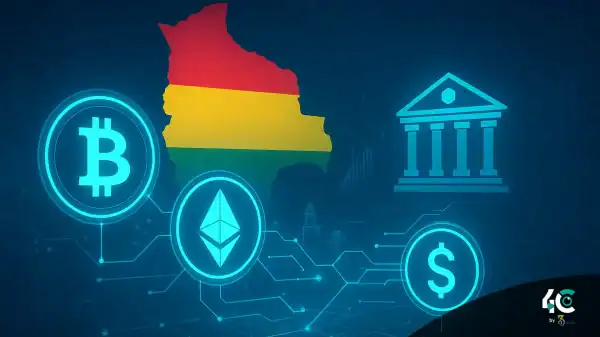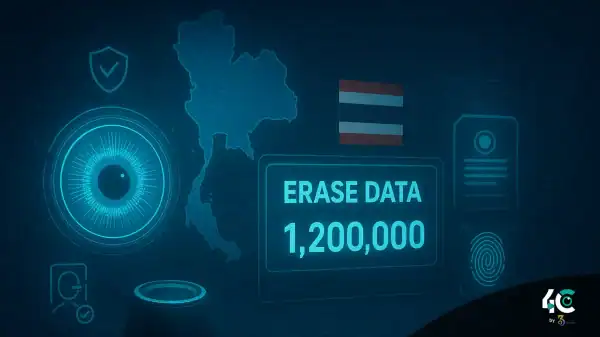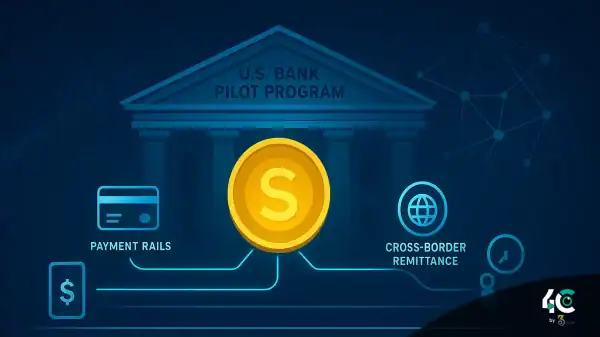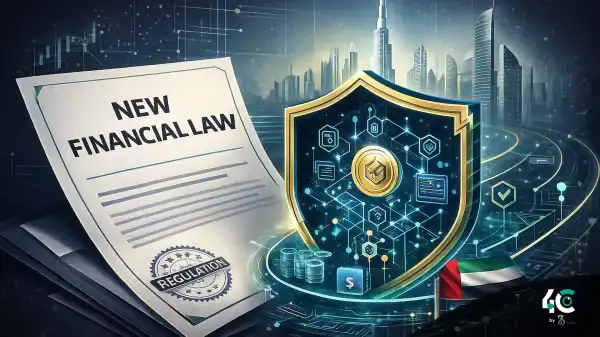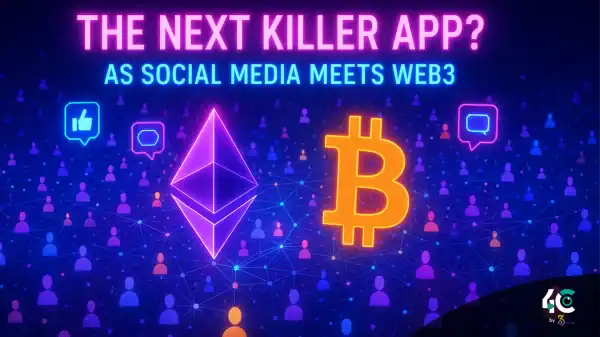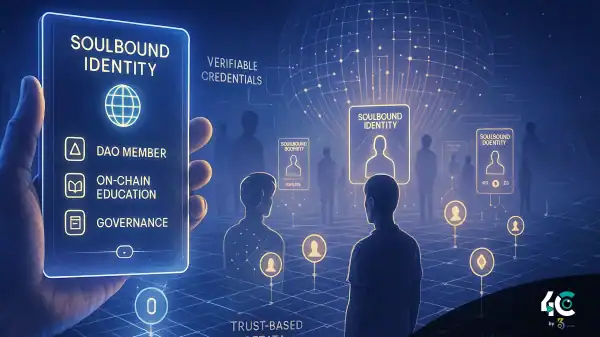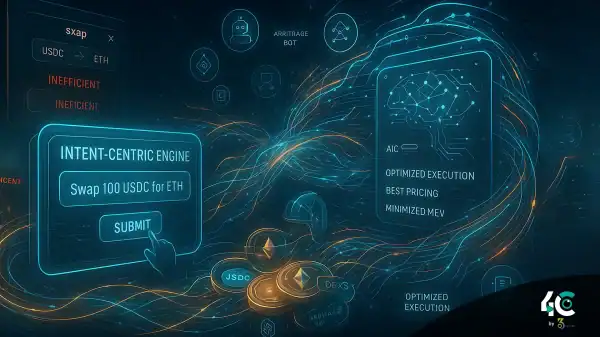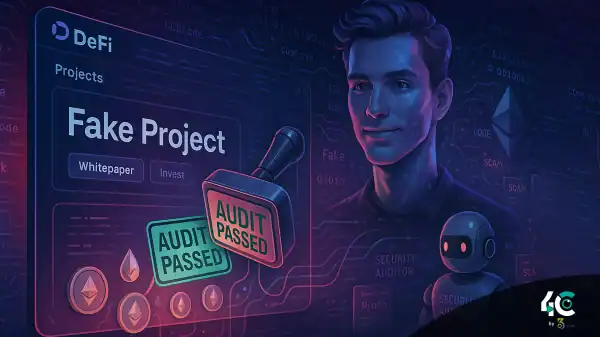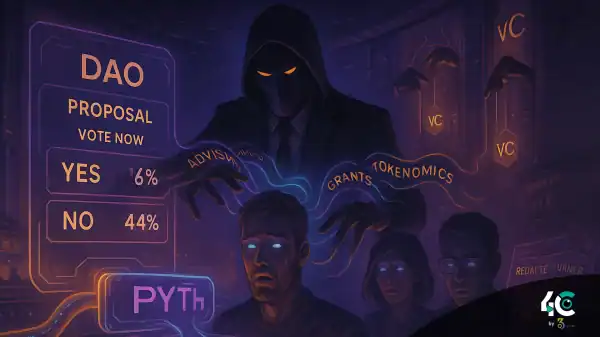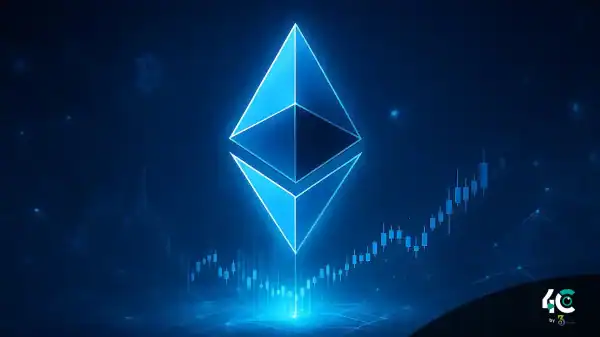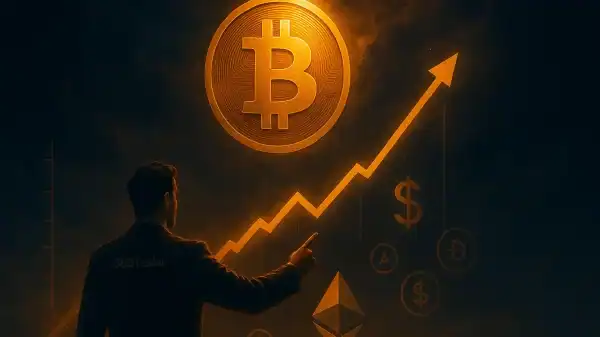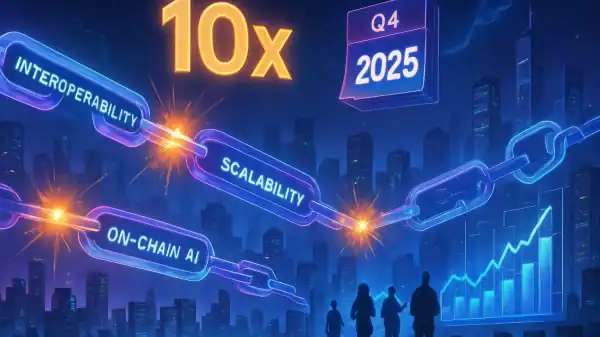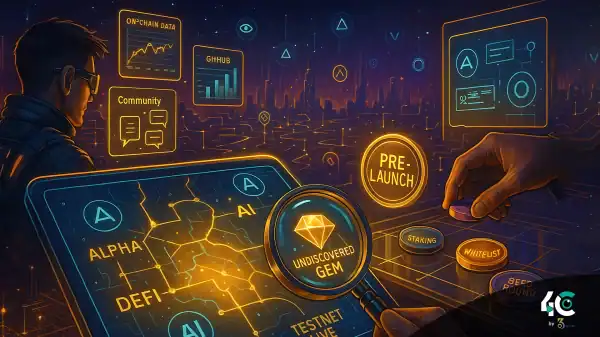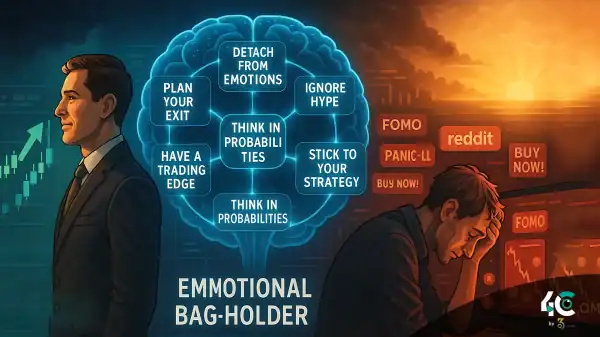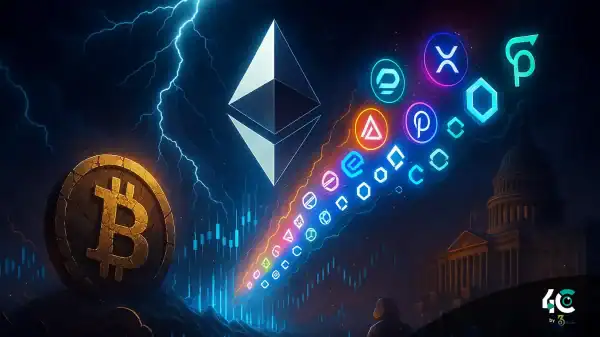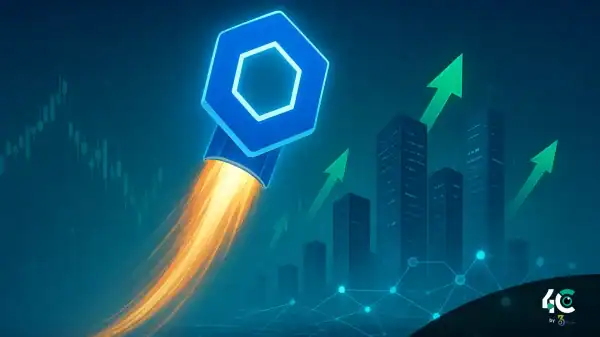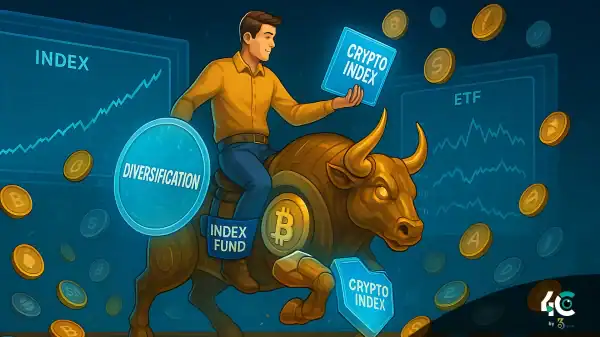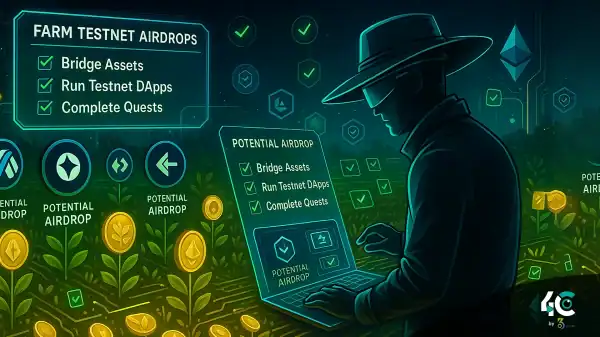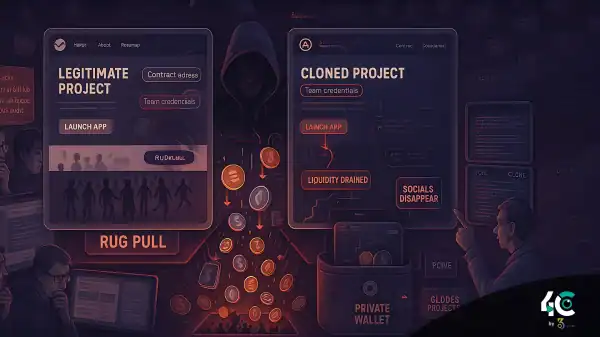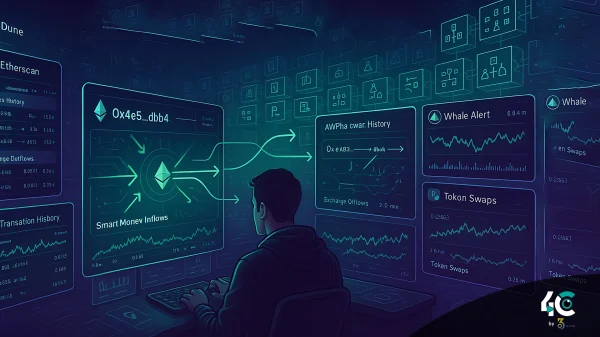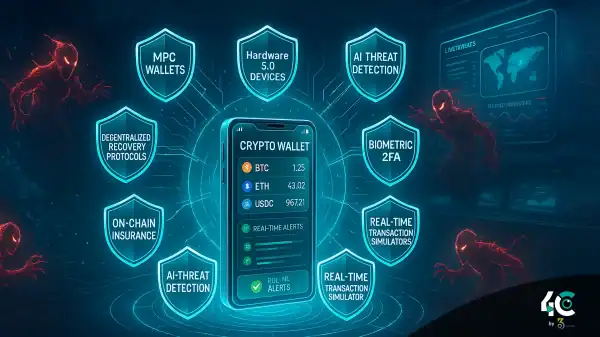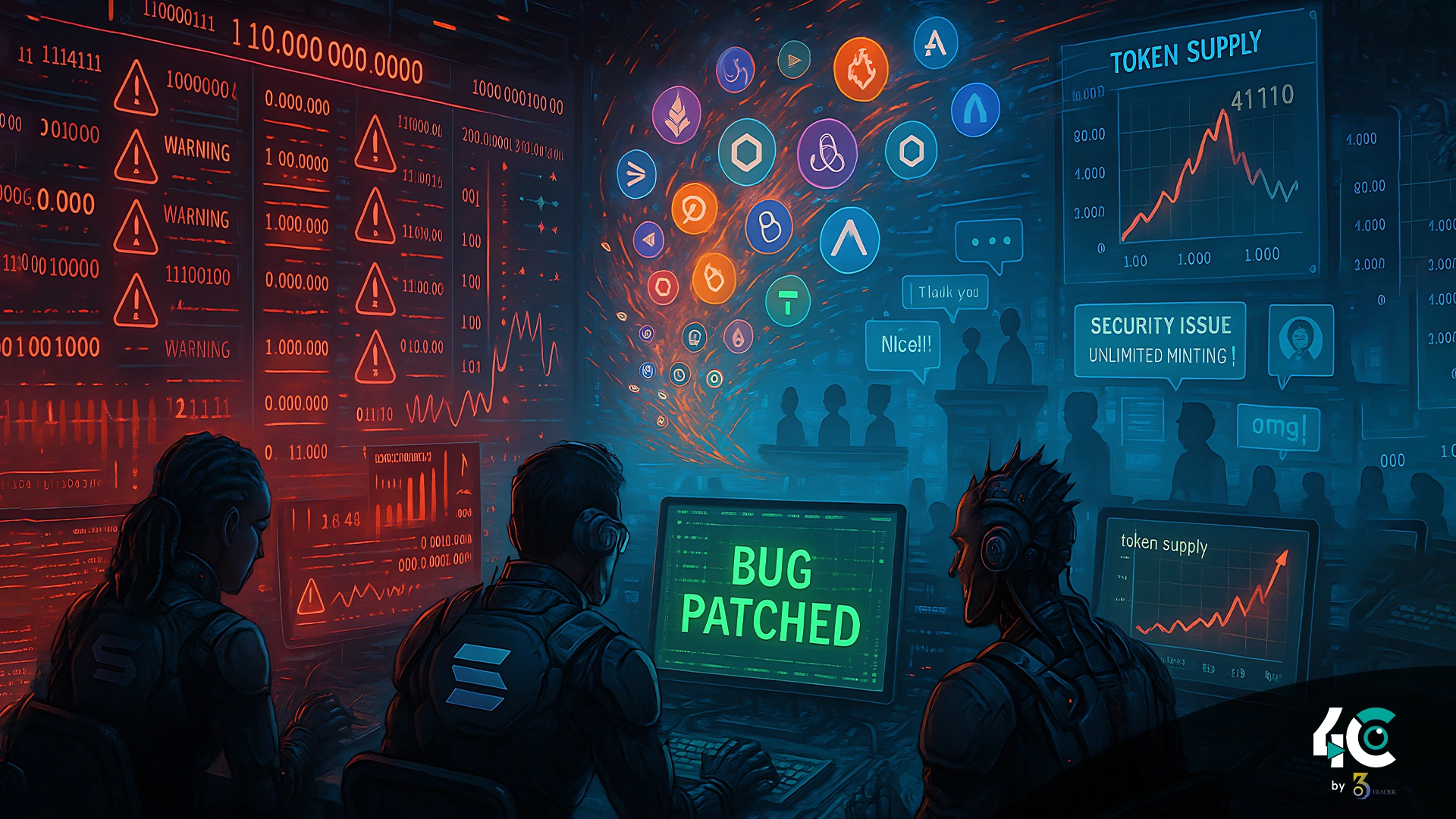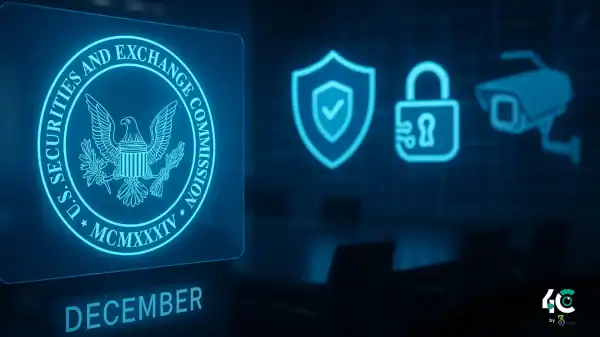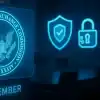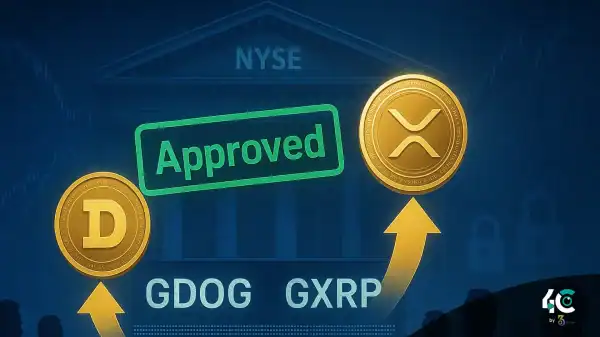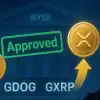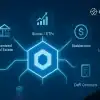Solana has resolved a critical token vulnerability that allowed unlimited minting, but the fix has ignited debates over the network’s centralization and transparency.
There was a swift response to a critical threat
Recently, researchers discovered the Token-22 vulnerability in the Solana blockchain, ting an unlimited token. This vulnerability could enable attackers to drain user accounts or mint an unlimited number of tokens. Power Solana’s privacy-sensitive confidential transfers. The missing algebraic elements in the hashing phase of the Fiat-Shamir transformation were the cause of the problem. People could exploit this flaw to pass off forged proofs as genuine, leading to disastrous outcomes.
The problem was discovered on April 16, and Solana’s various software development teams—Anza, Firedancer, and Jito—responded urgently. Patches were privately sent to validator operators within 48 hours to protect the network. Around April 18, a supermajority of validators adopted the fixes, trapping the threat and neutralizing it before it could cause harm. Significantly, no user funds were said to be lost during the attack.
Centralization Concerns Spark Community Backlash
Even though Solana fixed the flaw quickly, it showed off its technology. However, not everyone was impressed. Debates about transparency and centralization started again. Critics pointed out that the Solana Foundation fixed the flaw and only made the wider user base aware after the patch implementation. There was concern about whether the secrecy was in line with the core essence of blockchain technology, which is decentralization and openness.
It is impressive how validators and developers work together. However, it is a cause for concern. Some community members questioned how the foundation obtained validator contact information. There is also a fear that such centralization within the community may lead to censorship or chain rollbacks if misused in the future.
Comparisons to Ethereum and Calls for Diversification
Some leaders in Solana used Ethereum as an example, stating that centralized validators were common. But critics argued that Ethereum has a better variety of clients, making it less susceptible to protocol-wide issues created by a single client breakdown. For example, Ethereum’s multiple separate clients decrease the chance of a systemic failure compared to Solana’s current dependence on one dominating implementation.
To address these issues, Solana will launch Firedancer, which is another client that aims to enhance Solana’s network resilience and reduce dependence away from a single implementation. Experts suggest that a system can only achieve full decentralization if it has at least three independent clients. Solana is working toward this objective in the coming years.
Broader Implications for Governance and Trust
Even though the vulnerability is fixed and user money is safe, the incident has raised serious questions about governance, transparency, and trust in the Solana ecosystem. As Solana develops blockchain technology, several problems are arising. These issues are becoming progressively more crucial. These concerns are not limited to the Solana network alone. The crypto industry is also a significant factor.
The discussion shows how tricky it can be to keep decentralization levels in line with efficiency levels. Solana’s technical capabilities are certainly impressive, as it is able to fix bugs in a pretty speedy manner, but the handling of the incident has left many wondering whether Solana will take the network fully decentralized.
For now, Solana’s leadership is at a key moment: addressing these issues and continuing to build a strong, resilient, inclusive ecosystem. In the future, the lessons learned from this incident will probably dictate how the networks orbit and how other blockchains tackle the same thing.


